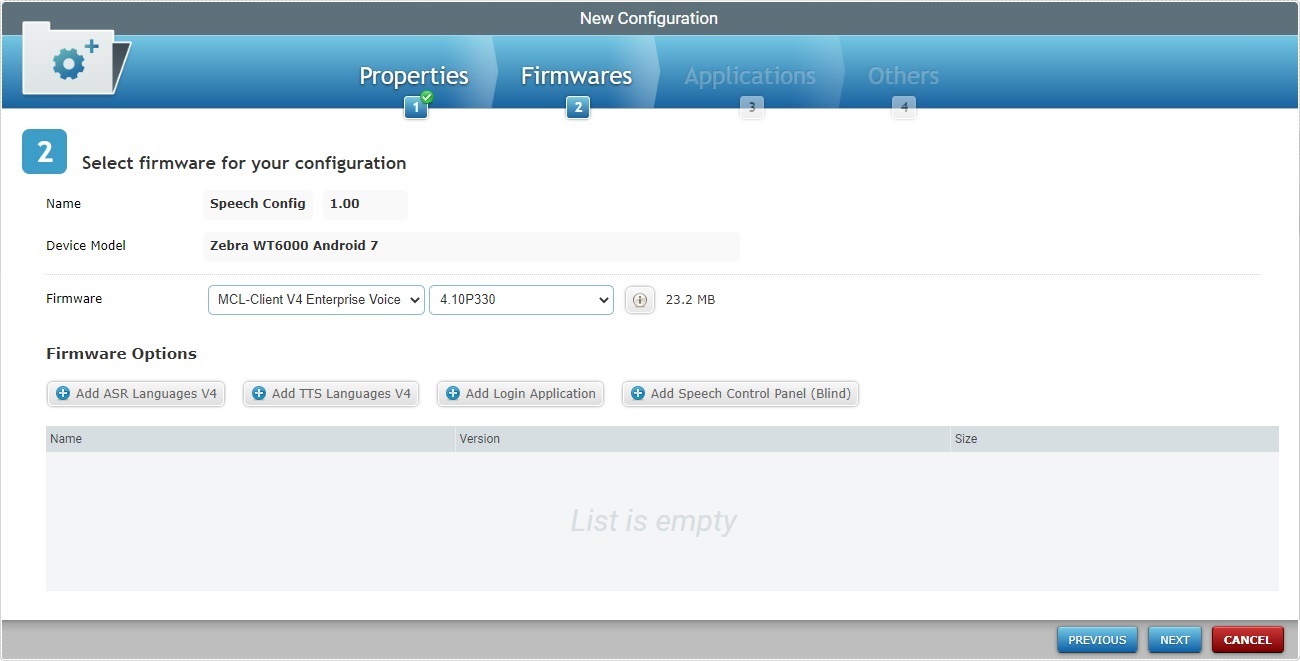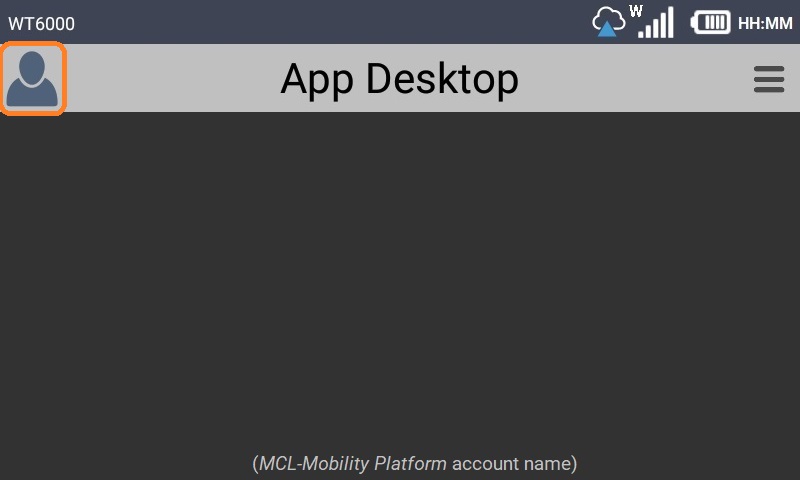MCL Operator Login Application
Overview
Typically, a mobile application that is used within a professional environment, requires some kind of user/operator identification (ex: for tracking and tracing purposes).
User/operator identification can be handled using an application approach (identification is incorporated into an application by the developer - the user/operator opens the application and performs a Login operation) or it can be managed at a broader level (identification occurs via a user/operator profile and it applies to all the applications available to the logged-in profile).
MCL Technologies considered the broader approach and developed an integrated operator management solution for user identification in the form of a login application. This login application enables a connection between device/logged-in operator and the MCL-Mobility Platform account for information exchange. This way, a simple Login operation in the device's MCL App Desktop environment connects the user/operator to his profile that was created in the MCL-Mobility Platform account. This leads to a more customized work experience (ex: MCL App Desktop only displays the applications allowed for that user/operator; if running a speech application, the settings of the speech profile of the logged-in operator are applied; etc.).
This user identification application is available as a non-speech application ("MCL Operator Login App") and as a speech application ("MCL Voice Operator Login App").
![]()
If you are using Android devices, these login applications are ONLY compatible with Android 5 or higher.
Install the MCL Login Application
The speech version of the login application (MCL Voice Operator Login App) is provided within the MCL-Mobility Platform through a configuration and resulting deployment.
The login app is considered a firmware option for the target device type (model and OS), so you must create a configuration that includes it.
Step-by-step
1. In the "Configurations" sub-module, create a configuration:
a. Follow the instructions of the new configuration wizard until you reach the "Firmware's tab (step 2).
b. Select the appropriate speech compatible Firmware product (ex: "MCL-Client V4 Enterprise Voice") and its latest version.

c. Click ![]() .
.

d. Check the "MCL Voice Operator Login" option and click ![]() to add the login app to the new configuration.
to add the login app to the new configuration.
![]()
If you intend to use MCL speech applications/the speech version of the MCL login app, you must also select, at least, one ASR and one TTS language.
e. Click ![]() and continue as instructed by the new configuration wizard. See Creating a Configuration.
and continue as instructed by the new configuration wizard. See Creating a Configuration.
f. Plan a deployment for the configuration (see Creating a Deployment).
Once this configuration is successfully deployed into the target device(s), the login application is installed in the device and the corresponding shortcut icon becomes available in MCL App Desktop so the operator can launch it and log in.
Ex: MCL App Desktop image of a Zebra WT 6000 device.

![]()
If your work environment requires the use of the non-speech version of the login app (MCL Operator Login App), please contact MCL Support.
The use of the MCL Voice Operator Login App (for a speech environment) and the MCL Operator Login App (for a non speech environment) is different.
Check the links below for details on each login app version: